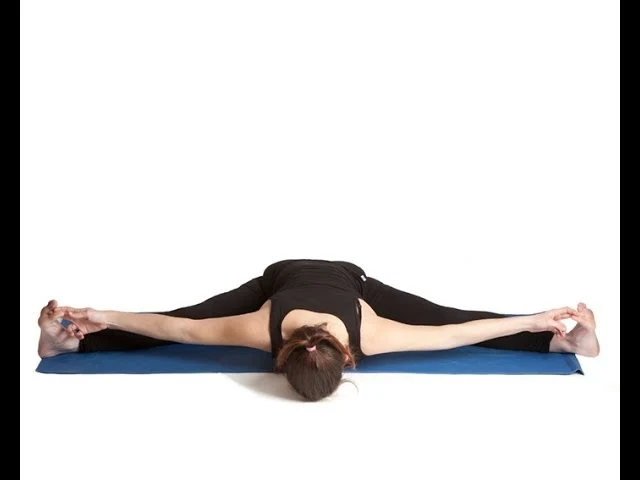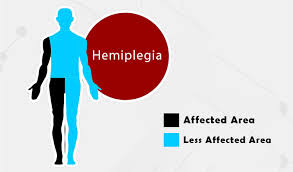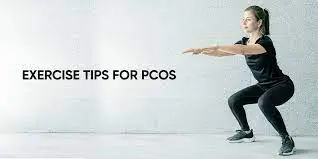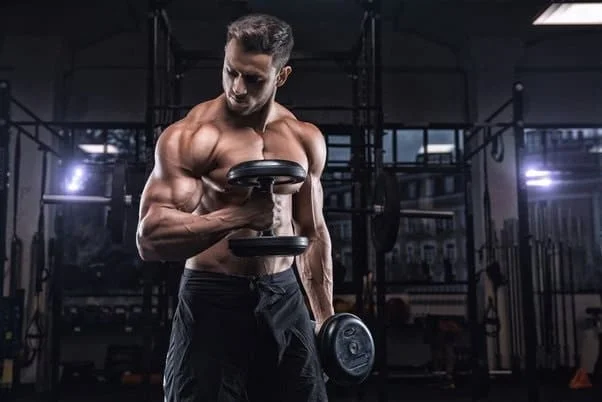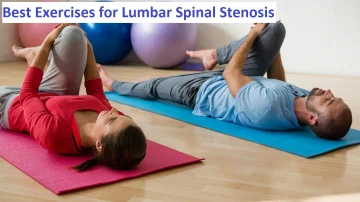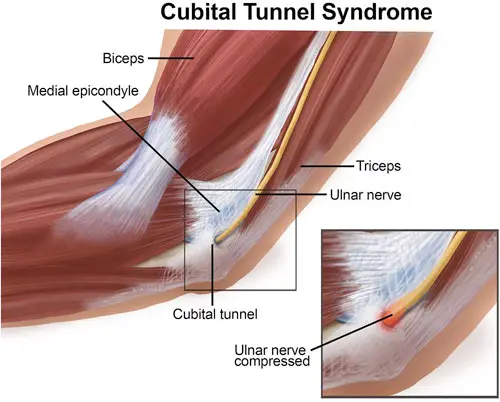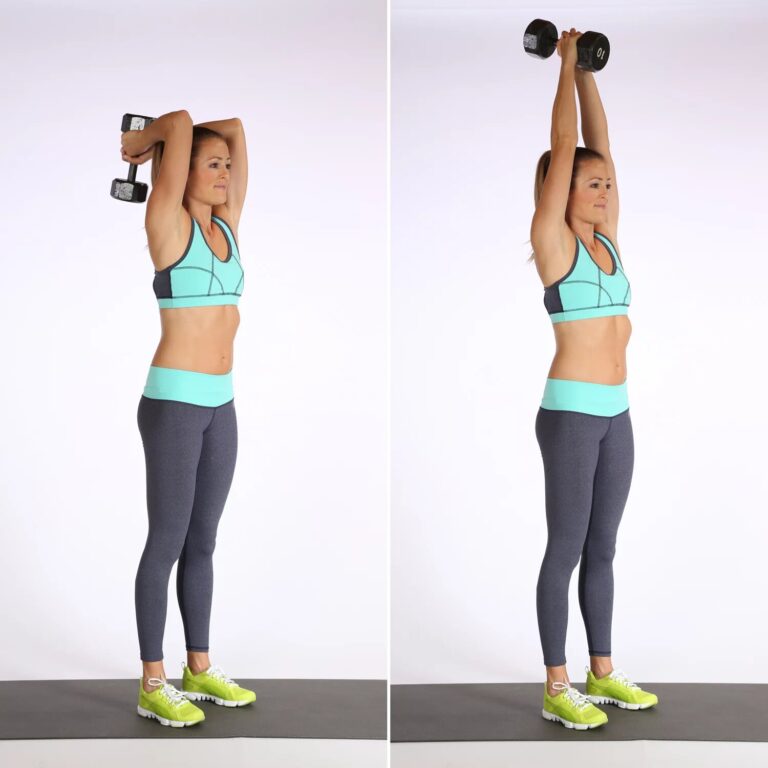Upavistha Konasana (Wide-Angle Seated Forward Bend)
What is Upavistha Konasana?
Upavistha Konasana, also known as Wide-Angle Seated. Forward Bend or Seated Straddle Pose, is a yoga asana that provides a deep stretch to the hamstrings, inner thighs, and groins.
Upavistha Konasana calls a word from the Sanskrit words ‘Upavistha’ meaning, ‘Kona’ meaning angle, and ‘asana’ meaning pose. Even known as Wide-Angle Seated Forward Bend or the Seated Straddle Pose, this asana delivers your body an intense stretch.
The Wide-Angle Seated Forward Bend performs on your lower body, specifically on your back, calves, and thighs.
How to do Upavistha Konasana?
- To begin with, sit on the ground floor with legs lengthened out in the facade (Dandasana).
- Utilize a blanket, bolster, or block for extra lift in the spine if needed.
- Then, exhale and open the legs vast. Arrive out through your heels and press through the balls of your feet.
- Draw the thigh muscles up.
- Look up, lift your chest, and prolong your spine.
- Next, exhale and lengthen forwards from the pelvis.
- Maintain the length of your spine as you walk your hands forward between your legs.
- Then, reach through the crown of your head towards your feet.
- On each exhalation, sink a small deeper.
- Lastly, remain for thirty seconds to one minute, or longer if comfy.
- Inhale, release the hands and slowly come up. Bring the legs together.
Upavistha Konasana (Wide-Angle Seated Forward Bend) Video
Upavistha Konasana Benefits
- Upavistha Konasana prolongs the adductor muscles of the groin and even activates the joint muscles.
- The continued apprehension of this yoga stimulates the body parts and also stimulates and tones your abdominal organs.
- Daily practice of Upavishta Konasana will open the hands and legs stiffness, which is the only disease of old age.
- It creates the spinal cord and vertebrate columns stronger.
- It also enhances the digestive tract.
- It calms the mind and even delivers comfort from fatigue and anxiety.
- It also enhances flexibility in the legs, shoulders, hands, neck, arms, and spine and increases energy.
- Upavistha Konasana even delivers comfort for those suffering from sciatica and arthritis.
- This pose detoxifies your kidneys and also may be beneficial for pregnant or menstruating women.
- This asana supports infertility and menstruation in females.
Modifications
Placing a block in the facade of you to seat the forehead will support in decreasing anxiety to the back. With replicated practice, this will slowly extend the lower back and the neck. Seating blankets below your hips to provide the hips and the lower back support and having the hips well supported to get the torso forward with comfort.
Variations
To deepen this asana bring the legs to each other. Then to move towards Urdhva Mukha Paschimottanasana, turn the arms, getting the elbows out to the side. Bringing the chest and legs towards each different while still balancing on your sit bones.
You can even arrive at this asana from Plough Pose. Reach your arms back to grab your big toes. Inhale and move up.
Your chin is folded as you move, leading with your navel. This performance is amazing for really integrating your core strength and fine-tuning your balance.
Alternatively in the Ashtanga Vinyasa Primary Sequence, you arrive at the asana from Upavishta Konasana. Pushing the ground floor away with your feet and legs while lifting the torso and head, ultimately arriving at a point of balance on the sitting bones.
Precautions & Contraindications
- Avoid this pose if you are suffering from a slipped disc.
- Don’t practice Upavistha Konasana (Wide-Angle Seated Forward Bend) in case of an injury in the hip, back, knees, and hamstrings.
- In the case of pregnancy avoid this asana.
- Don’t force yourself to lean forward after a limitation if you have tight hamstrings and hip joints.
- Prevent rounding the back while practicing the posture to prevent any injury.
Conclusion
Upavistha Konasana (Wide-Angle Seated Forward Bend) is one of the better yoga postures that can lengthen your legs and extend your hips. If you have a lethargic lifestyle, you should try to rehearse such postures to alleviate body stiffness and enhance your spinal health. And now with online yoga types obtainable, you can comprehend Upavistha Konasana from specialists anytime, anywhere.
FAQ
1. What is the meaning of Upavistha Konasana?
Upavistha Konasana calls a word from the Sanskrit words ‘Upavistha’ meaning, ‘Kona’ meaning angle, and ‘asana’ meaning pose. Even known as Wide-Angle Seated Forward Bend or the Seated Straddle Pose, this asana delivers your body an intense stretch.
2. What are Upavistha Konasana’s benefits?
Upavistha Konasana may enhance muscle strength, endurance, and flexibility. It may be beneficial for patients who have asthma, scoliosis, and heart issues. It may support in case of hot flashes and knocked knees. In addition, Upavistha Konasana may support enhancing mental well-being. However, you must consult your physician if you have symptoms of any such conditions instead of self-medicating.
3. What are the risks of Upavistha Konasana yoga?
Pregnant women and individuals with aches in the lower back and sacroiliac joint must be cautious before accomplishing Upavistha Konasana. You must do this asana under the advice of a professional yoga trainer.
4. What are the modifications of Upavistha Konasana?
Placing a block in front of you to place the forehead will help in reducing stress to the back. With replicated practice, this will slowly extend the lower back and the neck. Now, sitting blankets below your hips to deliver the hips and the lower back help, and having the pelvis well supported brings the torso forward with comfort.
5. What muscles are used in Upavistha Konasana?
Upavistha Konasana benefits the following muscles and hence can be included in yoga sequences with the related Hips muscles, Neck, Gluteus, Core (Abs), Lower Back, Hamstrings, Upper Back, and Hips-External muscles.

